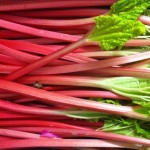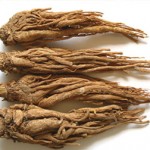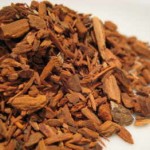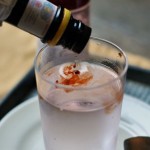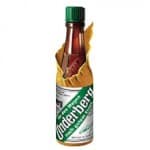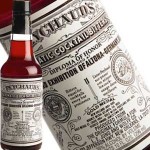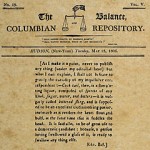Bitters
- Introduction
- Categories of Bitters
- How to serve Bitters
- Popular Brands
- Bitters Trivia
- Guest Column
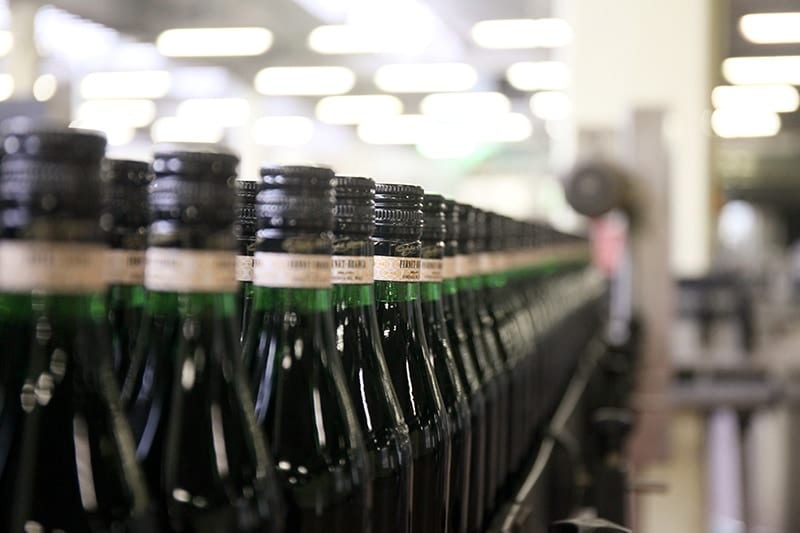
Introduction
Bitters by definition are high proof spirits that are infused with various herbs and botanicals that lend it a very aromatic yet bitter flavor profile. Originally developed as medicines to treat gastro – intestinal problems, the Romans in particular consumed bitter-style drinks and today Italy is where bitters have their greatest following. Although the category has diversified, bitters are still used in some drinks that are consumed primarily for their health-giving properties, usually as an aid to digestion. Bitters are very alcoholic and are normally bottled at above 45% alcohol by volume.
The character of bitters comes from the addition of one or more natural bittering agents such as cinchona bark, quinine, angelica roots and Gentian, Bitter orange, artichokes,rhubarb, bitter aloe which will either be distilled to obtain an essential oil or macerated in highly rectified spirit. The bitter base is (depending on the nature of the brand) aromatized by the addition of clove, vanilla, coriander, ginger, sweet peels .The mix may then be sweetened. As with any flavoured spirit (or Liqueur) the exact recipes used remain a secret.
- Bittering Agent – Rhubarb
- Bittering Agent – Angelica Roots
- Bittering Agent – Cinchona Bark
Bitters today, have wide applications in cocktail making. The word cocktail, when it was first defined in 1806, spoke of the use of spirits, water, sugar & bitters. Classic cocktails like the Old Fashioned, Champagne Cocktail, Brandy Crusta, Swizzle’s and others all use bitters as a key ingredient as a part of the recipe. The addition of bitters to a drink gives it a whole new character, unique aromas and added delicate flavours that give the drink a lasting finish.
Today, however, homemade bitters are a rage. Bars across the world make their own in-house bitters and the range of flavours that are experimented with is huge – rhubarb, lavender, peach, mango, cherry, creole, lemon, and grapefruit…the list is endless! And then you have bartenders who’ve patented their creations!
Categories of Bitters
The world of bitters can be broadly divided into three categories :
- Aperitifs – Apéritif is a French word derived from the Latin verb aperire, which means “to open.” These have moved furthest from the drink’s origin & are normally drunk long as a palate sharpener before a meal as they are meant to stimulate the appetite, and are therefore usually dry rather than sweet.
Popular Aperitif Brands :- Campari – This famous bittersweet red aperitif was created in between 1860 and 1867.
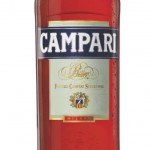 Many believe that a combination of 68 fruits, herbs & spices go into the making of Campari. Ingredients are said to include the likes of quinine, rhubarb, ginseng, bitter orange peel & aromatic herbs. However the exact recipe of Campari remains a secret till date.
Many believe that a combination of 68 fruits, herbs & spices go into the making of Campari. Ingredients are said to include the likes of quinine, rhubarb, ginseng, bitter orange peel & aromatic herbs. However the exact recipe of Campari remains a secret till date. - Cynar – It is based on Artichoke & is made using a further 13 herbs and plants
- Aperol – This is similar in character to Campari but lower in
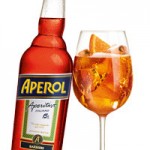 strength, slightly less complex and more herbal. Its ingredients are, among others, bitter orange, gentian, rhubarb, and cinchona.
strength, slightly less complex and more herbal. Its ingredients are, among others, bitter orange, gentian, rhubarb, and cinchona. - Suze – This is France’s top aperitif bitter. Its bittering agent is gentian root.
- Campari – This famous bittersweet red aperitif was created in between 1860 and 1867.
- Digestifs – A digestif is an alcoholic beverage served after a meal, in theory to aid digestion. When served after a coffee course, it may be called pousse-café. Digestifs are usually taken straight.
Popular Digestif Brands :- Averna – A mix of various herbs, barks & other botanicals
- Fernet Branca – This is Italy’s most famous digestif & its ingredients include rhubarb, gentian, saffron, aloe, myrrh, iris, lime-tree, bitter orange, galangal & cinnamon.
- Jagermeister – Meaning ‘Master Hunter’ is an aniseed flavoured bitter produced in Germany, the recipe comprises 56 ingredients including aniseed, ginger, star anise, fruits & other botanicals.
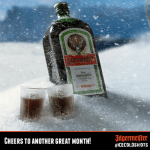
Some more popular Digestif brands include:
- Calisay from Spain
- Becherovka & Carlsbad from Czech Republic
- Unicum from Hungary
- Underberg from Switzerland
- Cocktail Bitters – (This category contains bitters bottled at high strength, which have been reduced to their essence – effectively taking them back to the ancient idea of an
elixir (clear, sweet-flavored liquid used for medicinal purposes). It is quite clear that bitters have been used for over 200 years, maybe more, in cocktails.
The famous cocktail bitters brands are:- Angostura Aromatic Bitters – One brand that made its mark in the world of Bitters is
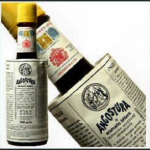 Angostura Aromatic Bitters, whose recipe was created by German scientist, Dr. Benjamin Siegert, in Venezuela, in a little known town called Angostura where he experimented with different herbs and spices to create a recipe to cure stomach ailments for the soldiers of the army.By 1830 Angostura was being exported and by the middle of the century its use had changed. Pink gins (a mix of gin and angostura) were created at the London Exhibition of 1862. Little did Dr. Benjamin know that this recipe would create a mark in the world of cocktails and give birth to some of the most famous classics like the Pink Gin, the Manhattan or the Old Fashioned . Later in the eighteenth century the Angostura firm moved to Trinidad where it is still based.The exact ingredients/recipe for Angostura Bitters still remain a secret. Angostura Bitters is a highly concentrated flavouring for food and drink blended from natural herbs and spices that are bitter in their natural state (hence the name bitters). Angostura Bitters is also the most prevalent ingredient in the history of cocktail recipe books .
Angostura Aromatic Bitters, whose recipe was created by German scientist, Dr. Benjamin Siegert, in Venezuela, in a little known town called Angostura where he experimented with different herbs and spices to create a recipe to cure stomach ailments for the soldiers of the army.By 1830 Angostura was being exported and by the middle of the century its use had changed. Pink gins (a mix of gin and angostura) were created at the London Exhibition of 1862. Little did Dr. Benjamin know that this recipe would create a mark in the world of cocktails and give birth to some of the most famous classics like the Pink Gin, the Manhattan or the Old Fashioned . Later in the eighteenth century the Angostura firm moved to Trinidad where it is still based.The exact ingredients/recipe for Angostura Bitters still remain a secret. Angostura Bitters is a highly concentrated flavouring for food and drink blended from natural herbs and spices that are bitter in their natural state (hence the name bitters). Angostura Bitters is also the most prevalent ingredient in the history of cocktail recipe books . - Angostura Orange Bitters – By popular demand, a few years later the Angostura firm created Angostura orange bitters. The Orange Bitters are a blend of citrus essence,
oils from bitter and sweet oranges, herbs and spices. The original Manhattan was made with orange bitters as was the original Martini, then known as ‘The Martinez’ - Peychaud’s Bitters – Antoine Amédée Peychaud created Peychaud’s bitters in 1830. It is a gentian-based bitter, comparable to Angostura Bitters, but with a lighter body, sweeter taste and more floral aroma with notes of cherry stone & anise. Again Peychaud’s recipe has been kept a ‘Trade secret’ till date by its manufacturers.Peychaud’s is best known as the bitters in the Sazerac cocktail. Both the cocktail and the bitters are strongly linked to New Orleans. Some of the most famous cocktails with Peychaud’s bitters include – Vieux Carre and the Sazerac
- Angostura Aromatic Bitters – One brand that made its mark in the world of Bitters is
How to serve Bitters
- Straight up – Bitters can be served on its own, over ice with club soda, water or tonic, or sometimes even mixed with white port.
- Cook with bitters – You don’t have to stick to just cocktails — bitters can add some depth and flavour to your cooking as well. Add a few dashes to your marinades, salads, even soups or gravies.
- In Cocktails – Bitters today, have wide applications in cocktail making. A quality bartender will always use bitters in his or her cocktails, and it is usually defined as the ingredient that gives the cocktail its “character”. Bitters are a common ingredient in every bar. They are popular for their use in some of the most famous cocktails like Mojito, Mint Julep, Manhattan, Cosmopolitan, Pink Martini, Old Fashioned, Singapore Sling, Whisky Sour..so on & so forth.
Popular Brands
Some of the most popular brands are :
-
- Secrestat – France
- Underberg – Germany
- Toni Kola – France
- Jagermeister – Germany
- Amer Picon – France
- Unicum – Hungary
- Campari – Italy
- Angostura – Trinidad & Tobago
- Cynar – Italy
- Peychauds – USA
- Underberg
- Amer Picon
- Peychaud’s
Brands available in India
- Angostura – Barbados
- Jagermeister – Anguilla
Bitters Trivia
Bitters are the only type of alcohol to survive prohibition in America. This was because by law, bitters were not to be drunk straight and therefore did not qualify as alcohol in its own right.
The recipe for Angostura Bitters may be a secret, but it’s easy to identify the real thing: add a couple of dashes to water. Only the genuine Angostura aromatic bitters will float.
Salt is to food as Bitters is to cocktails.
The exact ingredients for Angostura Bitters still remains cloaked in mystery – the recipe is kept in a safe in a bank in New York.
In fact, in 1806, the very first published definition of the word Cocktail appeared in an editorial response in The Balance and Columbian Repository. This read: “Cocktail is a stimulating liquor, composed of spirits of any kind, sugar, water and bitters.” It is this definition of ingredients that we continue to use when referring to the ‘ideal’ cocktail. This drink was commonly known as the “Bittered Sling”.
